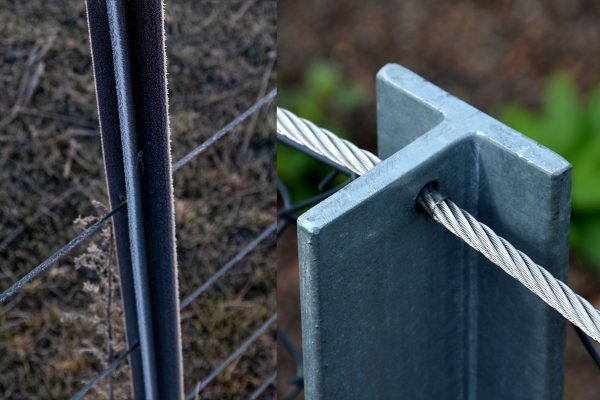The base or anchor is essential for every fence because it ensures your panels and railings will stay upright for the years to come. If you're installing a metal fence, you might wonder if the posts should be set in concrete. We have researched this for you, to help get the project off to the right start!
A metal fence is considerably heavy, and so, posts ideally need to be set in a concrete foundation. This material is excellent for creating sturdy and long-lasting anchor support.
A fence brings added protection and security into your home. The best way to ensure its overall foundation is to provide it with a sturdy and durable base. We are here to guide you every step of the way to make sure your metal fence posts will last for decades.

Why is setting metal posts in concrete the best option?
Modern metal posts are made up of iron, steel, or weatherproof aluminum which makes them quite sturdy. The downside of using metal posts is that they are not soil-resistant.
You have to make use of a concrete foundation to ensure that the material is not damaged because of the moisture and dampness of the soil.
Since metal is such a heavy element, it is only logical to use concrete because they are durable and can resist its weight. The basis for choosing this material is the overall practicality, sustainability, and maintenance.
Practicality
When it comes to expenses, it is ideal to go for the best quality materials because, in the long run, they prove to be less costly. Concrete posts are expensive; however, they are not degradable materials and are not prone to insect or termites attack.
Maintenance
Compared to wood, this material requires less or minimal maintenance. It will take years before signs of deterioration actually penetrate these fence posts. You can protect the finish and avoid corrosion by applying a fresh coat of paint.
Sustainability
Another aspect you must consider is the sustainability of the material you would be using. Regular concrete is responsible for 4% to 8% of Carbon Dioxide (CO2) emissions because of the way it is manufactured. Excessive exposure to this colorless gas is harmful to both humans and the environment.
Precast concrete is an environmentally friendly alternative since it is not actually 100% concrete. The way it was manufactured produces less toxic waste.
Fast-setting concrete is also a sustainable material since they release lower carbon emissions which are better for the environment.
How to set metal posts on concrete?
Now let us address the main question at hand, setting your metal fence posts in concrete is the most suitable option simply because it determines the stability of the foundation and the overall durability of the entire structure.
Fast-setting concrete is the best kind of substance to use because there is no mixing involved. You will have to simply pour the dry concrete onto the hole and then add water. The drying time is about 20 to 40 minutes. This will make the work easier and faster.
These are the materials you will need:
- Drill Level
- Digging Tools
- Gravel Posts
- 2 x 4 Braces
- Screws
- Fast-setting Concrete
- All-purpose Gravel
- Tube Form
1. Dig a hole
The first step is to dig a hole for your metal posts. The depth of the hole is supposed to be 1/3 or 1/2 of the post, and the width is three times the broadness of the metal.
You should also have an additional depth of 6 inches for the layer of gravel. Remember to use a tube form for loose or sandy soil.
2. Pour the gravel
The next thing you have to do is to spill gravel or crushed stone about 6 inches onto the hole then level the ground. Tools that might come in handy for leveling include a 2x4 or a fence post.
3. Set the post
The metal post should be placed in the area you dug. Fasten 2x4 braces onto both sides of the post in a diagonal position. After doing this, place a stick on the soil and attach it to the brace.
4. Fill the hole
The last step you have to do is to fill the hole with fast-setting concrete and then add the required amount of water. Afterward, once the concrete has dried, fill the hole with soil (this part is optional).
What Are The Advantages And Disadvantages Of Concrete Posts?
Advantages
- Hardwearing
- Low Maintenance
- Cost-Effective
- Soil-Resistant
Disadvantages
- Susceptible to water and freezing temperatures
- Installation process is quite an arduous work
- Heavy material
- Concrete is porous, making it receptive to stains and molds
- Constructions joints is necessary in order to prevent any cracks caused by warping and expansion
What are the different types of metal fences?
There are several types of metal fences, depending on which particular material you use, they vary in weight. Here is a comparison of the general kinds of metal fences:
Chain-link Fence
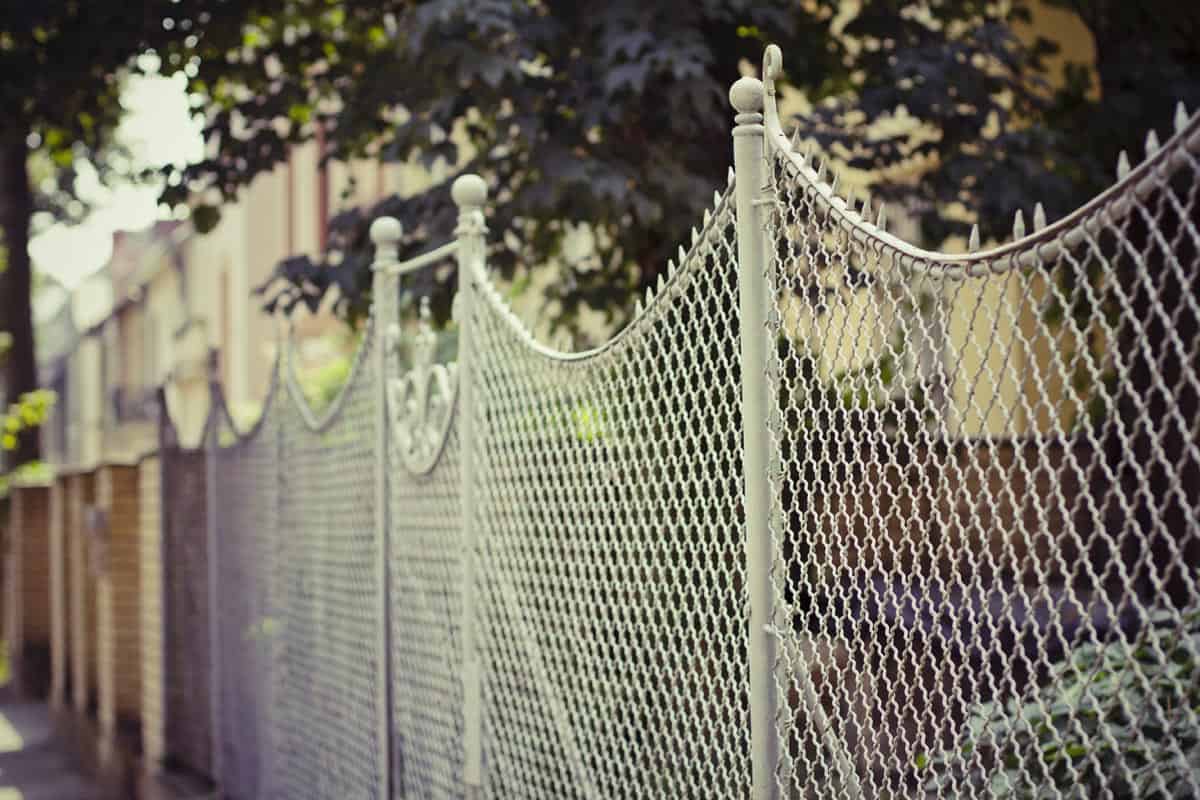
Chain-link fencing sometimes referred to as cyclone or diamond-mesh fences, is versatile, economical, and lightweight. They are commonly used for demarcating boundaries, security purposes, and protection.
The wire mesh functions as the panel and is attached to steel posts. With rustproofing and maintenance, they can last for several years.
Despite its weight, it is best to set the posts on a concrete base. This will prevent direct contact with the soil and prevent corrosion. It also provides better support, especially for higher fences.
Aluminum Fence
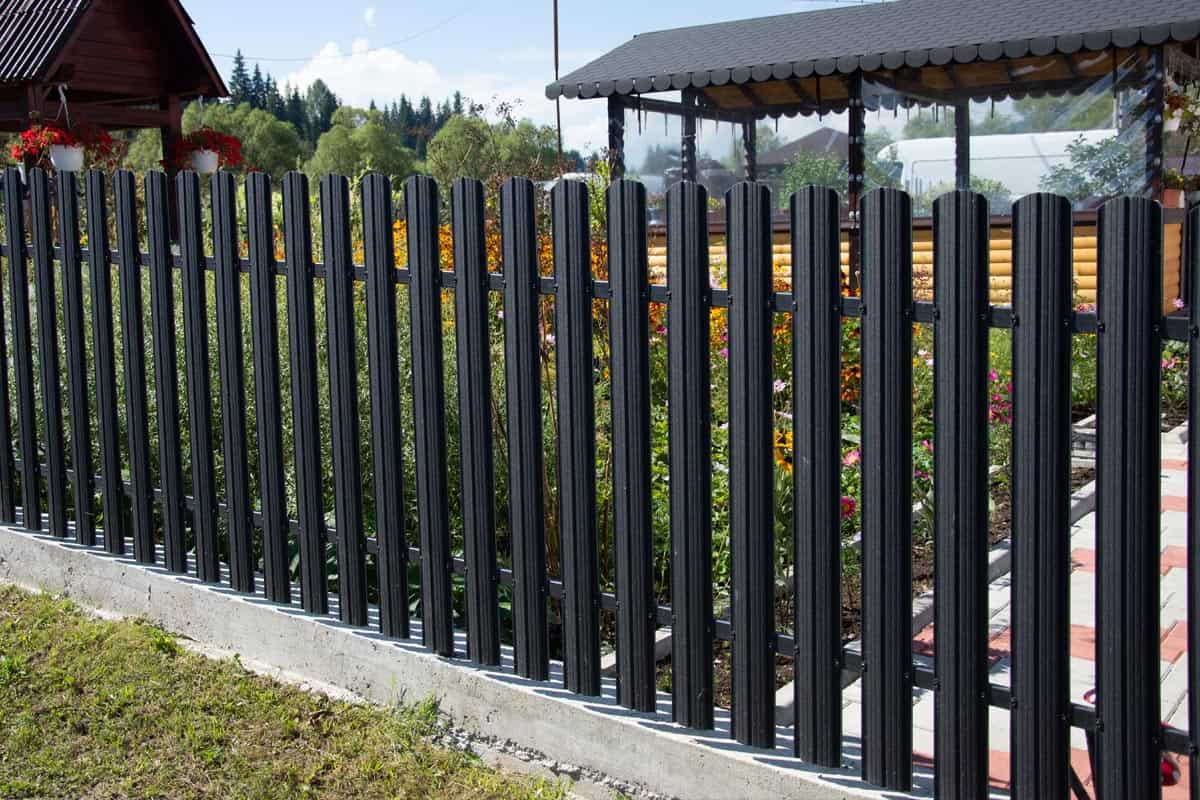
Aluminum fences are noted for their durability. This material can withstand extreme hot, cold, or rainy weather and, unlike other metals, resists rust and corrosion. They require very little maintenance - just occasional cleaning and last longer than other fence types.
A variety of designs are available, and preferred specifications can be made to order. Although relatively lighter than iron or steel, it is also best to set the posts in concrete to ensure fence stability.
Steel Fence
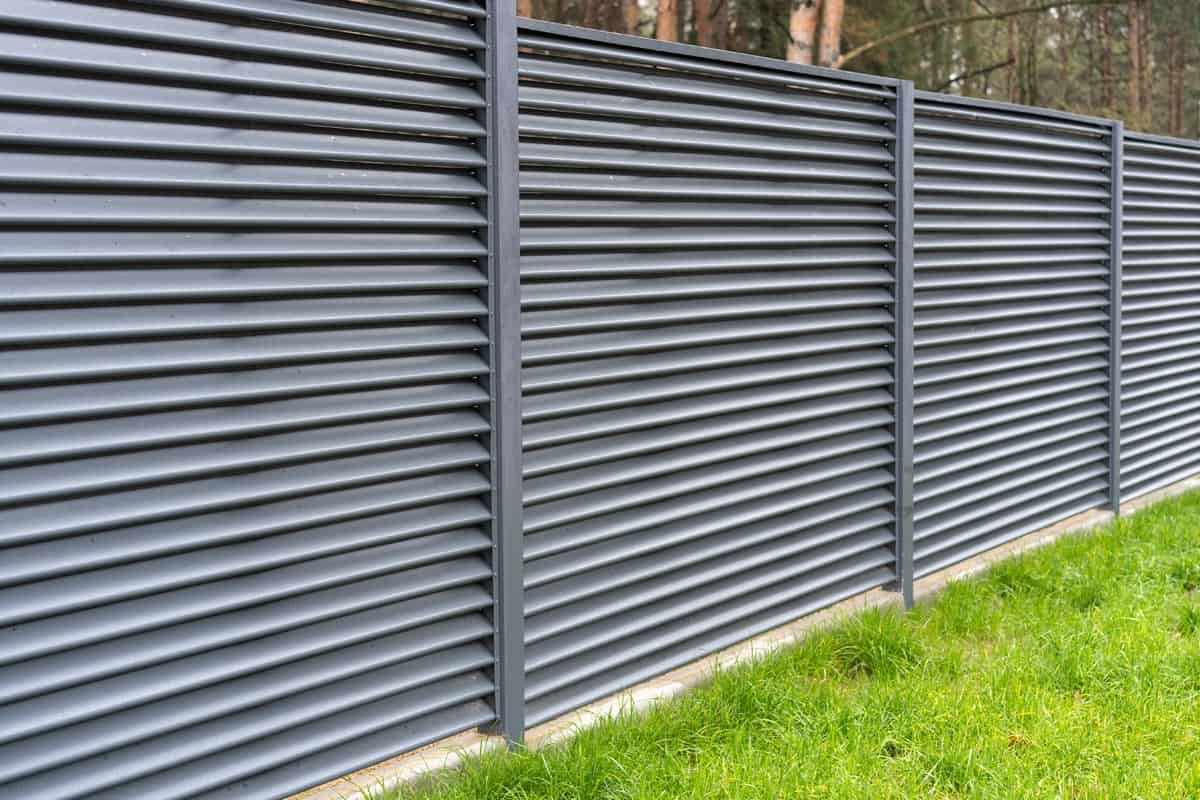
Solid steel metal fencing provides the best security, protection, and privacy. It is also a highly durable material that requires minimal maintenance. When adequately coated with rust and weatherproofing, steel fences can last a lifetime.
They are, however, costlier than most materials, but their longevity can actually cost you less in the long run. Steel should always be embedded in concrete, first, because of the weight, and second, this prevents soil contact which tends to damage the metal.
Wrought Iron Fence
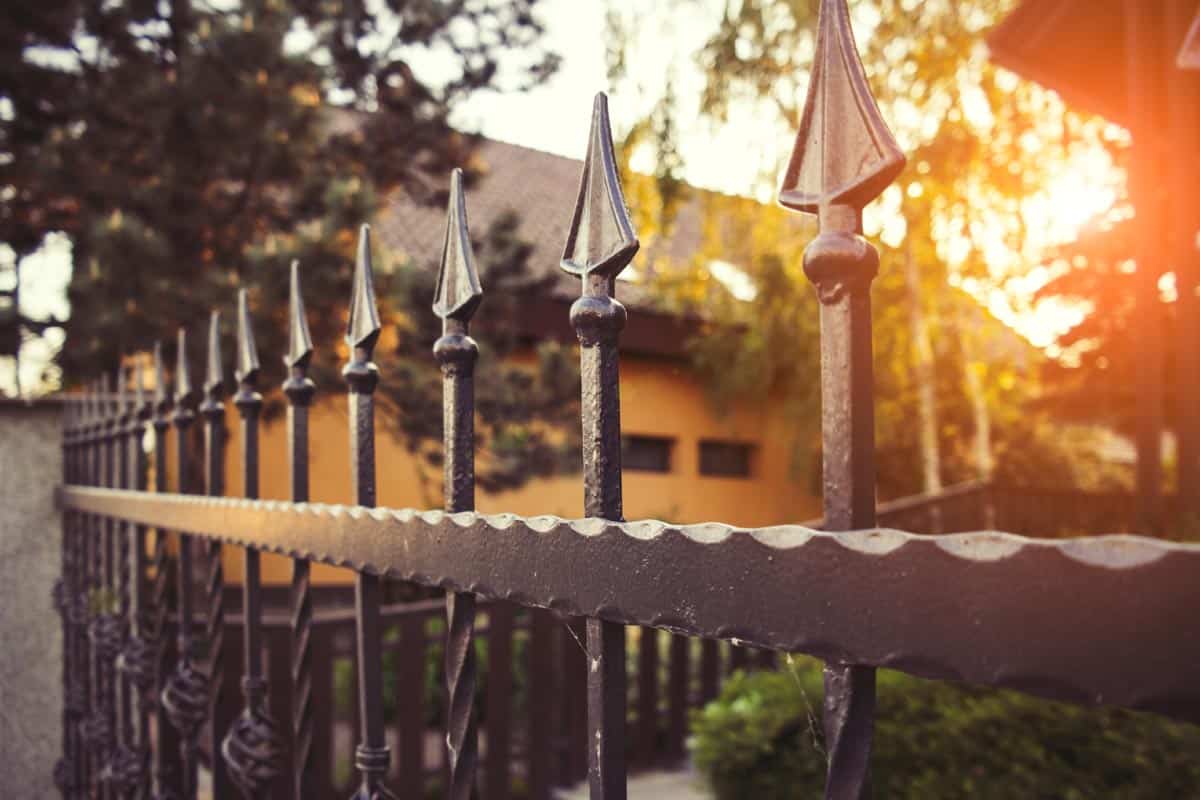
Wrought iron fences are the strongest of all materials, versatile and decorative. Iron products are galvanized to make them rust-resistant, but only for a number of years. When properly maintained, however, they can last a lifetime.
Wrought iron is the most expensive material in the market, this is due to the repeated strengthening process it undergoes in production. Like all metal fences, it is best to set the foundation in concrete.
In Closing
Whether or not concrete posts are the best option when it comes to metal fences is entirely up to you to decide. Certain aspects make it suitable, while other fence post options also look quite promising. Just keep in mind this simple information when deciding which material to use.
If you have found this article informative, check out these other helpful topics:
How Much Does It Cost To Chain Link Fence Half An Acre?
Neighbor Connected To My Fence Without Permission - What To Do?


